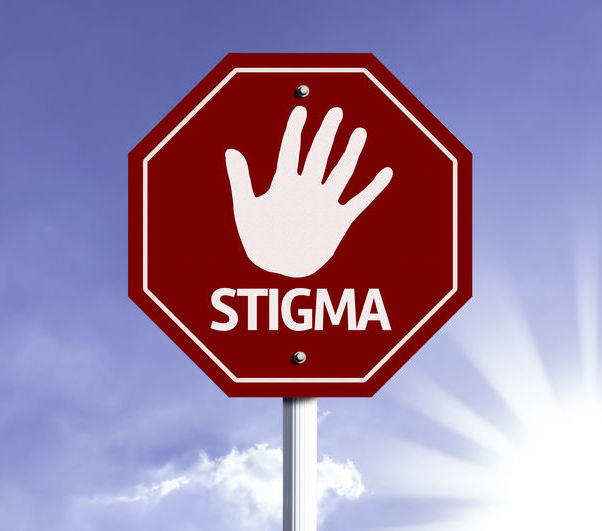
Stigma Lingers After Death from Substance Use
By Kerry J. Bickford, VOICES Editor
“Even though medicine long ago reached a consensus that addiction is a complex brain disorder with behavioral components, the public and even many in healthcare and the justice system continue to view it as a result of moral weakness and flawed character,” writes Dr. Nora Volkow, in a National Institute on Drug Abuse blog post.
The perception of stigma often comes up in peer grief groups when talking to families about addiction. People report experiences with everyone from first responders to emergency room staff that make them feel blamed for their disease or death. This leaves family and friends feeling everything from sad to outraged that their person was misunderstood and treated because of assumptions made about their choices.
Stigma has long been associated with mental health and addiction. When there is a co-occurrence, as in a dual diagnosis, it becomes even harder to understand and treat.
Misinformation about addiction is at the root of stigma and is perpetuated when we, as a society, fail to recognize and address it. While we have made progress, we still have a long way to go.
We all want what is best for the ones we love, and it makes us feel powerless when we cannot provide this for them. Every person with a substance use issue has a family who wants them to recover. We have memories of them when they were not under the influence of substances. We know a different person from the one who presents in the emergency room or detox facility in the agony of withdrawal or revival from an overdose. This is a sensitive point of entry -- and an opportunity to engage the person in a non-judgmental way. When recovery is complicated by fear or shame, it jeopardizes the ability to comply with strategic, timely, and life-saving interventions.
Families can be a valuable tool in contributing to information about successes and failures in systems and services during this overdose epidemic when we have so much to learn. By sharing critical information from the family’s perspective, it could contribute to greater sensitivity and understanding about addiction treatment -- from everyone’s points of view.
The stories told during support groups are heartbreaking. One father described his person being discharged to the street when insurance expired with no aftercare plan or connection to another level of care. In another case, the family was reassured this would not happen without a safety plan, and their loved one died within days of this broken promise. It reflects on how stigma can create complicated and ineffective communications that do not help a person engage in a safe treatment plan or follow-up.
Most health care professionals engage in ongoing sensitivity training to help communicate with patients and their support systems, creating a continuum of care that is conspicuously absent in the world of addiction and mental health. It is no surprise that compassionate care increases the likelihood of patient engagement, while an insensitive encounter can produce the opposite.
Memories shared at peer grief support groups indicate that many people believe their loved one could have survived had a comprehensive and caring treatment plan been in place. These people have an extra burden to carry in their hearts. Group members often recall their loved ones describing encounters to them that were so demoralizing that they would rather be on the street than return to care. Sadly, one story recalled a loved one who had been in detox and recovery for six months and had done exceptionally well. In this case, he was discharged to a step-down facility where he was immediately “treated like dirt” and woke up two days later with bed bug bites all over his face. When he attempted to communicate with staff, they laughed. He walked out and never went back -- then died a year later on the street.
Another family recalled their daughter’s compassionate care in a clinic setting over a year and a half. Staff connected with her and built a relationship of trust that kept her engaged in regular appointments. Medication-assisted therapy and patience paid off as she and a committed team worked together. When she developed a life-threatening infection that resulted in her death, her team was devastated. Several doctors attended her funeral. The family reports that they are still in contact and are now engaged in outreach to others as part of their ongoing healing and commitment to this work.
A substance-related death requires compassion and reverence for the deceased and the family. But even more importantly, these are human beings who deserve thoughtful medical and social interventions to engage them in treatment, reduce isolation and help keep them alive. It will be a fine day when we are writing about prevention and recovery instead of an overdose epidemic and funding programs that invest in the disease of addiction. This could include a more scientific explanation to reduce stigma and a long term treatment plan rooted in an invested political, medical and compassionate community.
